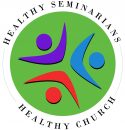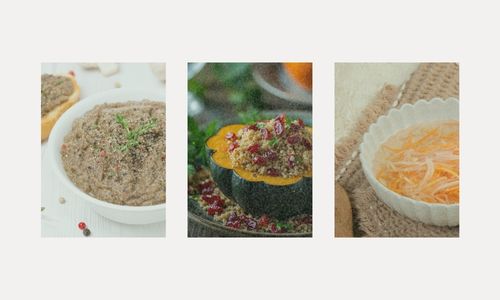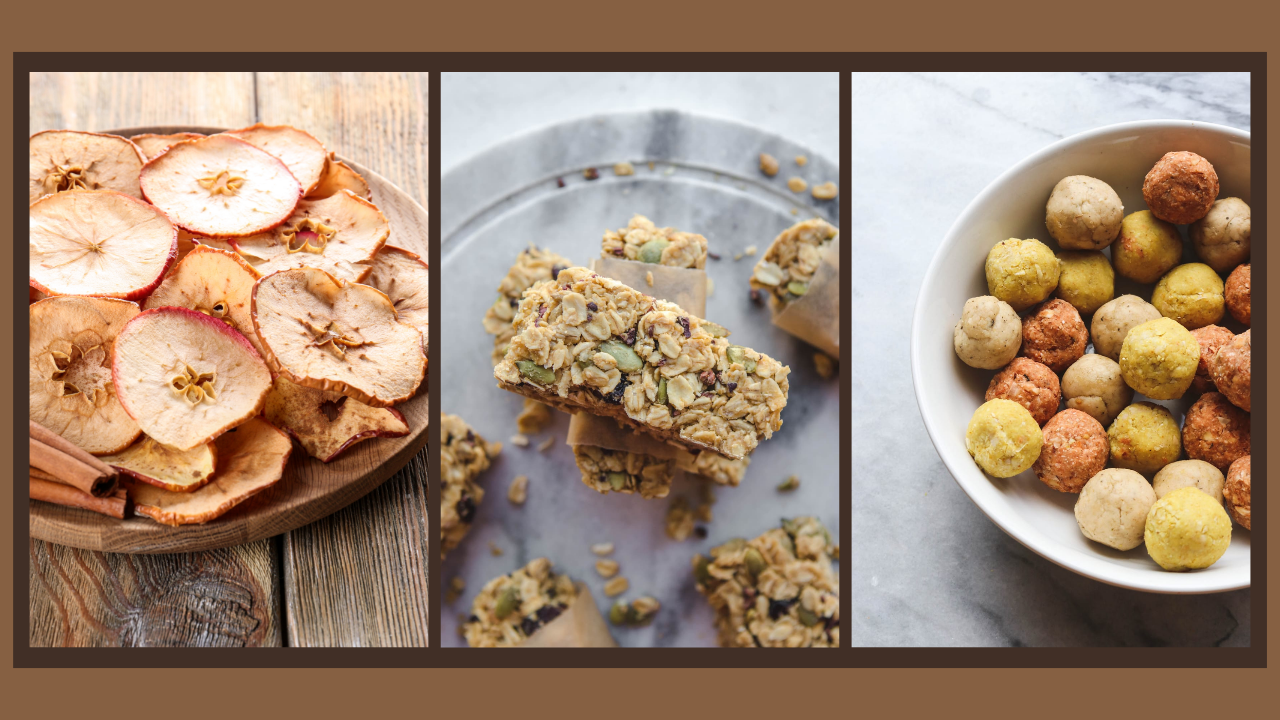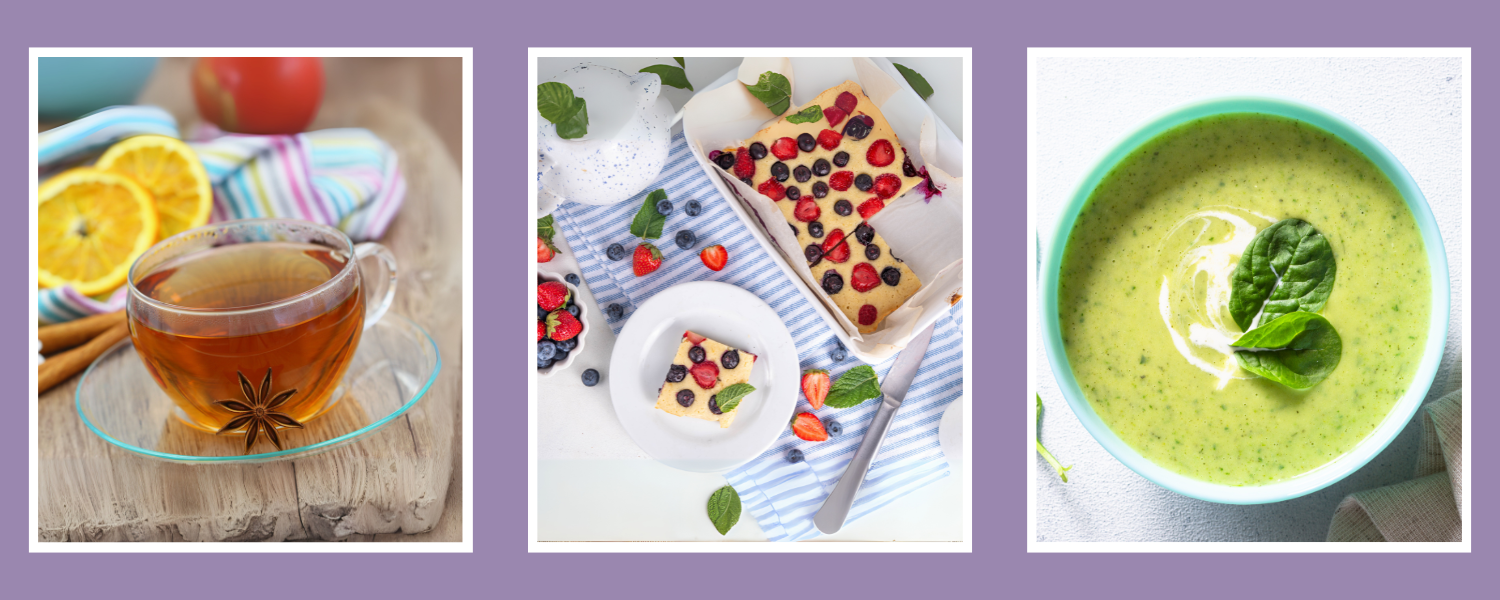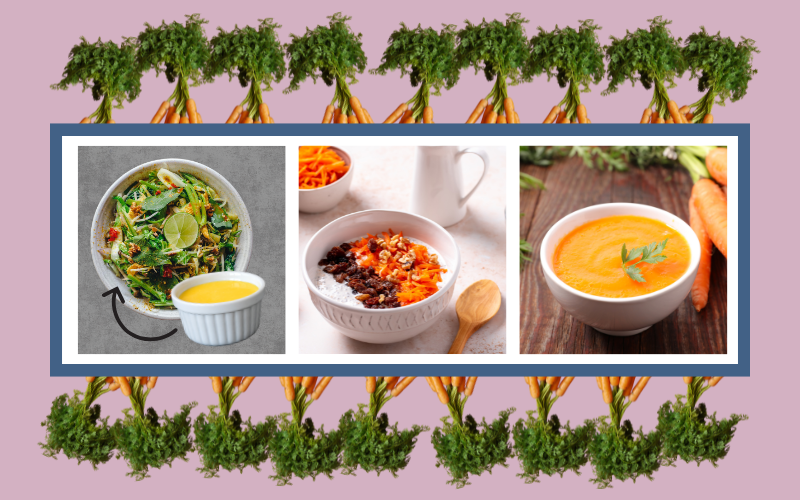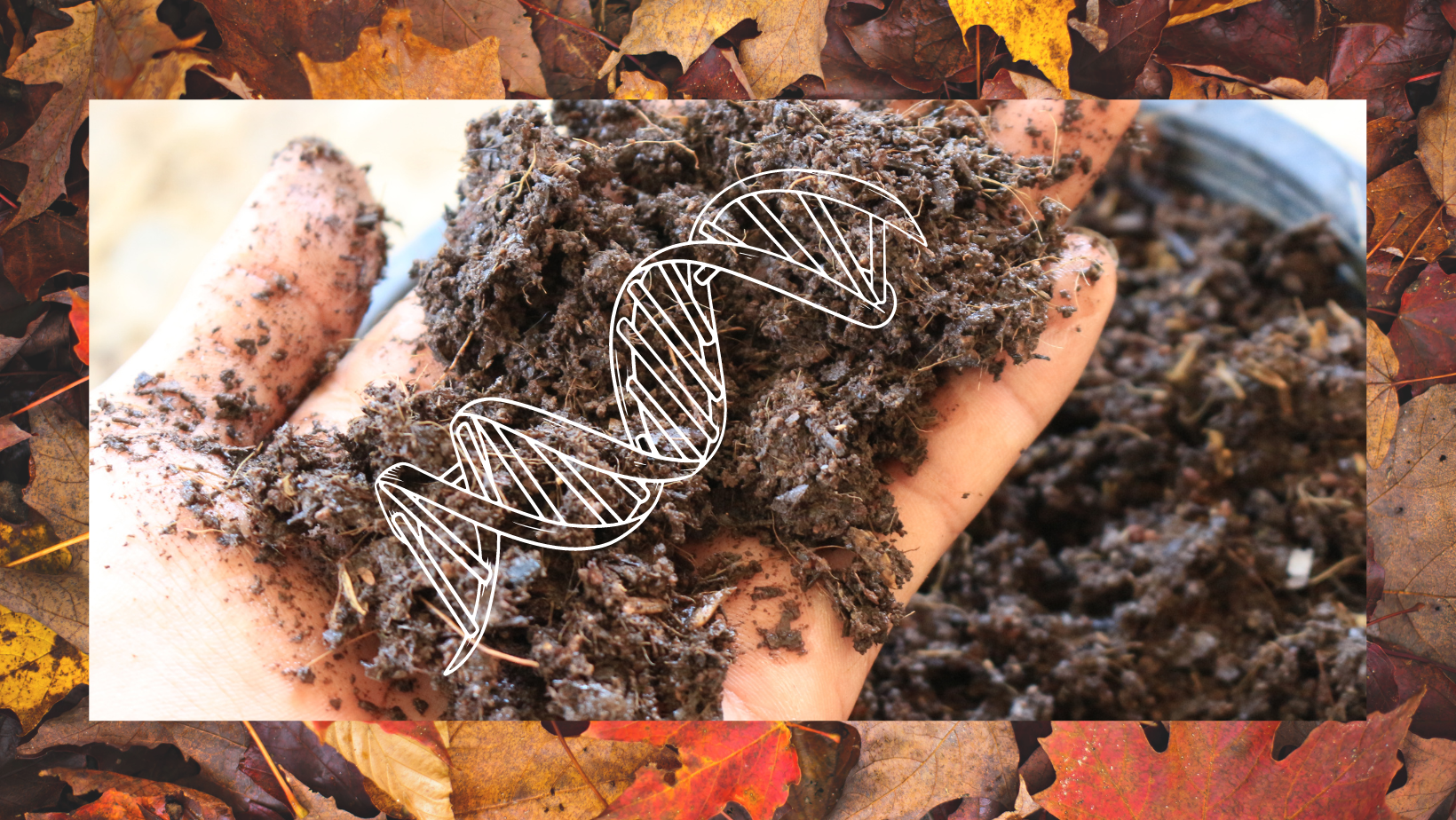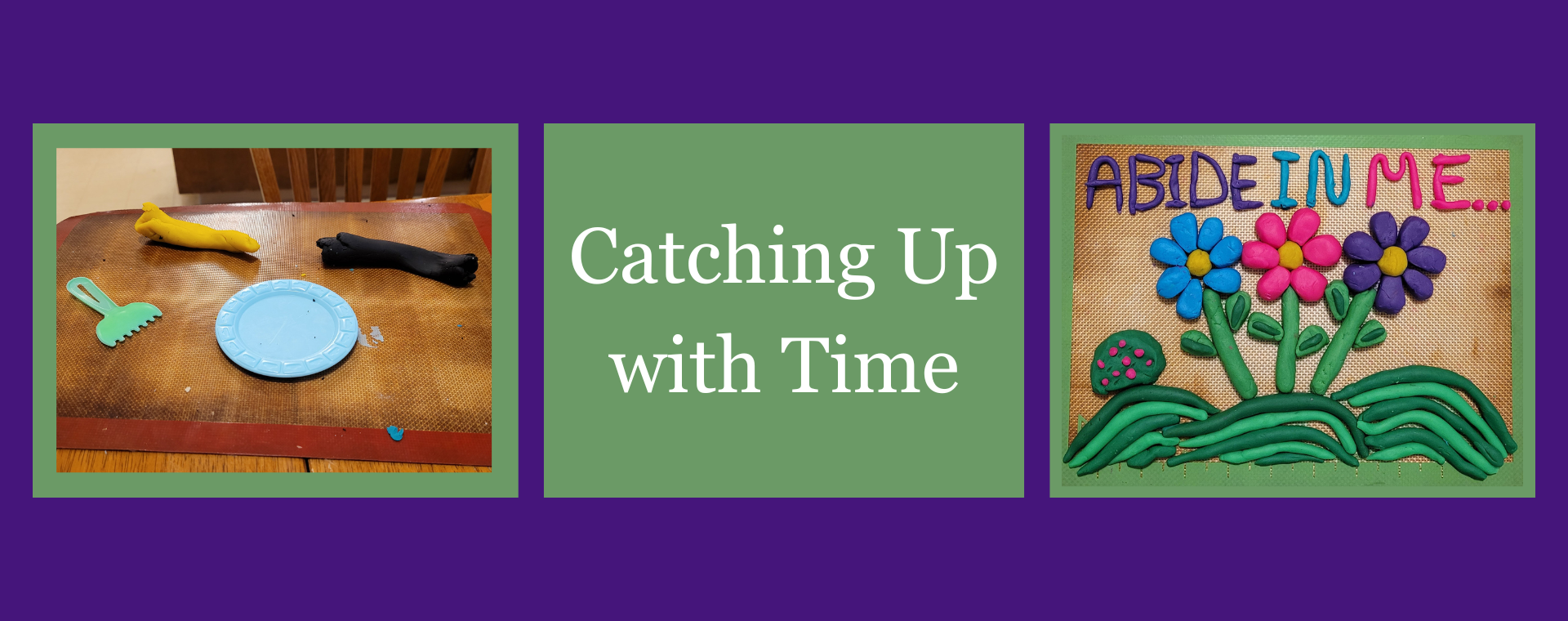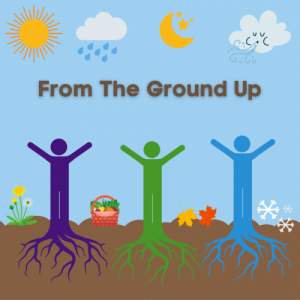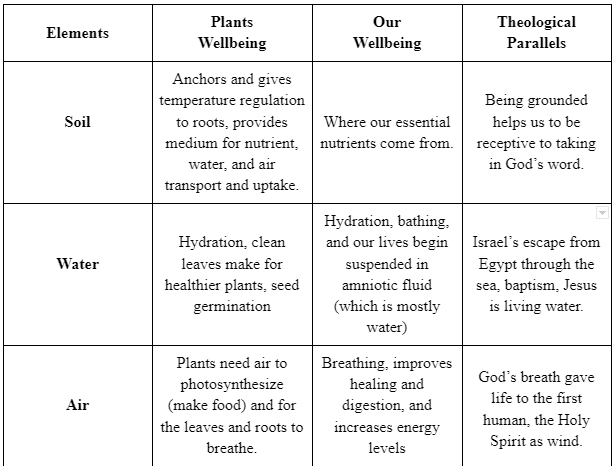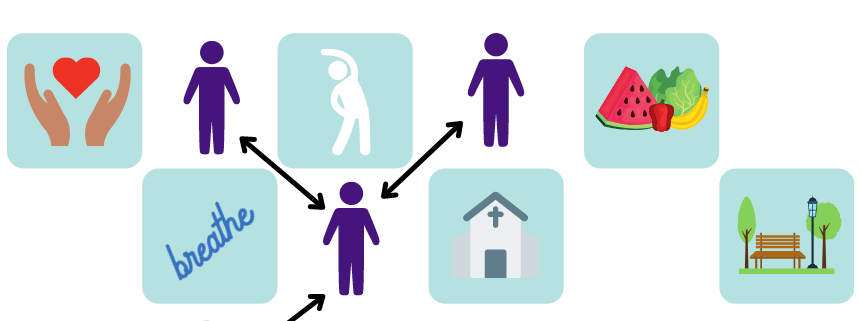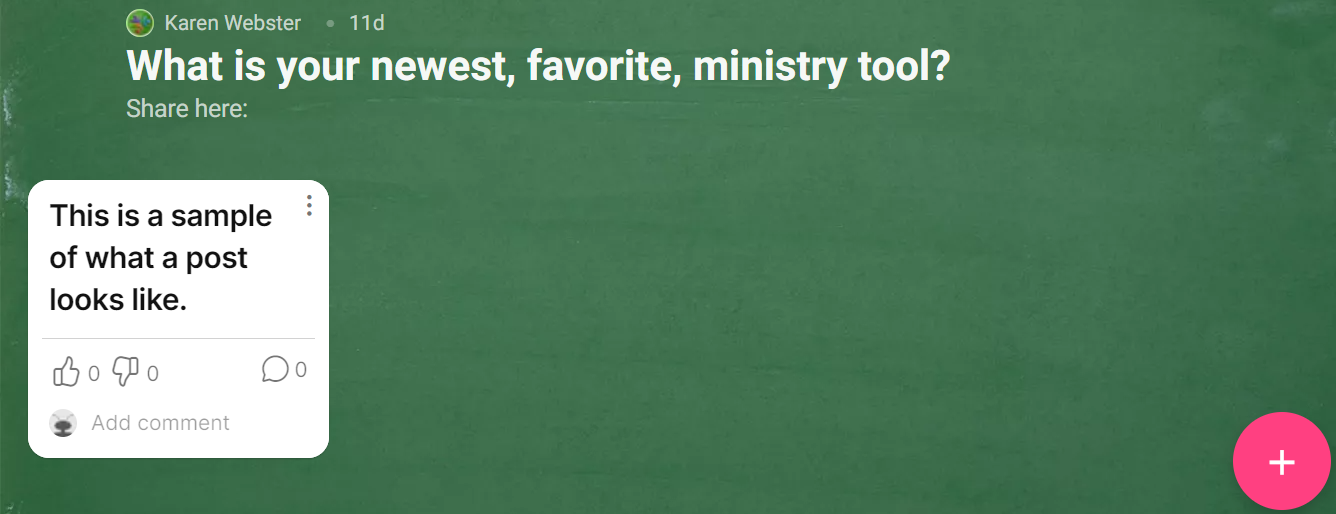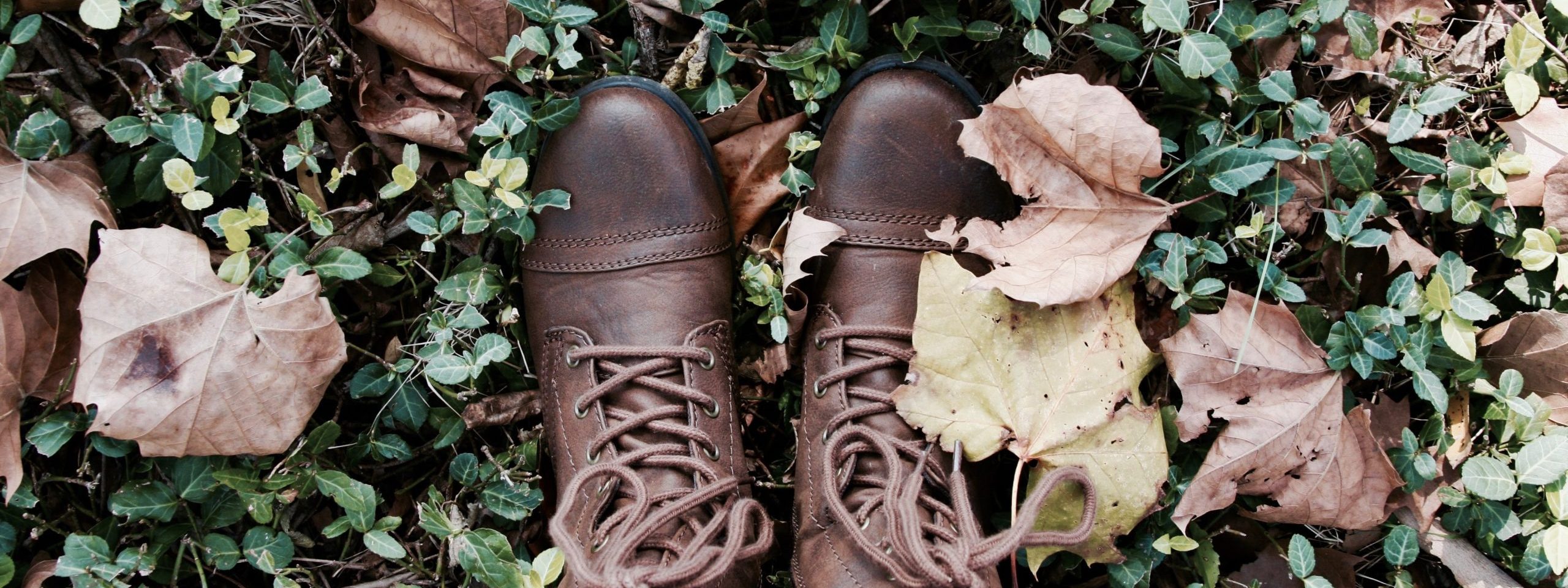Mushroom/Nut or Seed/Dried Tomato Pâté
Servings: 8-12
Ingredients:
-
- 1 cup pecans or walnuts (or use sunflower seeds to make it nut-free)
- ½ cup dried porcini mushrooms (or shitake mushroom works, too)
- 1 cup boiling water
- ½ lbs. Portobello mushrooms (or crimini/brown mushrooms works, too)
- 2 TBSP tamari (or soy sauce if it doesn’t need to be gluten-free)
- 2 TBSP tahini (or vegetable broth)
- ½ TBSP nutritional yeast
- 2-3 tsp lemon juice
- 1 tsp chopped rosemary
- 1 tsp white miso (double-check the ingredients if you need it to be gluten-free)
- ¼ cup dried/dehydrated tomatoes
- Optional: pinch of black pepper (or freshly ground peppercorns)
Directions:
1. Soak nuts (or sunflower seeds) in room temperature water for about an hour.
2. Put the dried mushrooms in a small bowl and cover them with a cup of boiling water. Let the mushrooms soften for about 15 minutes. Rub the mushrooms to remove the grit (small rocks/dirt), and transfer to a small bowl. Make sure you reserve the liquid!
3. Slice the Portobello/crimini/brown mushrooms into ¼ inch slices.
4. In a bowl, whisk together the tamari, tahini (or vegetable broth), nutritional yeast, lemon juice, rosemary, miso, and optional black pepper.
5. Add the sliced mushrooms and mix gently to coat the mushrooms. Let the mixture stand for 15 minutes (mix occasionally).
6. In a small saucepan, combine the soaked porcini and dried tomatoes.
7. Slowly pour in the porcini soaking liquid (through a fine sieve or cheese cloth so as to keep out any grit that may have come about via the soaking process).
8. Bring the liquid to a boil, and cover and simmer over low heat until the tomatoes are tender (about 4 minutes).
9. Drain the nuts (or sunflowers) and transfer to a food processor.
10. Using a slotted spoon, transfer the marinated portobellos, porcini, and tomatoes to the food processor and pulse until it becomes a coarse paste. Add more porcini liquid if needed.
11. Put the pate into a small serving bowl and store in the refrigerator until you are ready to use it. Enjoy!
Note: you can make it several days in advance.
Adapted from: http://www.hollithompson.com/porcini-and-pecan-pate/#ixzz4E9ZERsUt
Stuffed Acorn Squash
Servings: 4
Ingredients:
-
- 2 acorn squash (halved and seeds scooped out)
For the stuffing:
-
- 1 yellow onion (chopped)
- 2 garlic cloves (minced)
- 1 cup quinoa (pre-rinsed or rinse with cold water before using)
- 2 cups + 2-3 TBSP vegetable broth
- ½ cup chopped nuts or seeds (walnuts, pecans, almonds, pistachios, pumpkin seeds, or sunflower seeds)
- ½ cup dried cranberries (apple juice sweetened as opposed to sugar sweetened)
- 1 ½ tsp fresh thyme leaves (finely chopped) or ½ tsp dried thyme leaves
- ¾ tsp fresh sage (finely chopped) or ¼ tsp dried sage
- ¼ tsp black pepper
- ⅛ tsp ground cinnamon
Directions:
To cook the acorn squash:
-
- Preheat your oven to 400F (200C).
- Halve the squash and use a spoon to scoop out the seeds and stringy bits.
- Bake cut side facing down on a baking pan lined with parchment paper for 25 – 35 minutes until the squash is fork-tender.
To make the quinoa filling:
-
- Heat the 2-3 TBSP vegetable broth in a large high-sided pan or pot over medium-high heat.
-
- When the broth is hot, add the onions and garlic and sauté until the onions turn translucent and just begin to brown, about 5 minutes.
-
- Add the quinoa and 2 cups of vegetable broth and cover with a lid.
-
- Bring to a simmer and continue to simmer for 10 – 15 minutes until the vegetable broth is absorbed and the quinoa is cooked.
-
- Once the quinoa is cooked, stir in all of the remaining ingredients, the nuts or seeds, cranberries, thyme, sage, pepper, and cinnamon.
- Remove from heat.
- Heat the 2-3 TBSP vegetable broth in a large high-sided pan or pot over medium-high heat.
To stuff the acorn squash:
-
- Divide the quinoa mixture evenly among the acorn squash halves, packing it into the well of the squash. You may have extra quinoa leftover.
- Serve hot and garnish with more fresh thyme or sage as desired.
Note for making this in advance: you can prepare the entire dish ahead of time. Allow the squash and quinoa to cool completely before covering and storing in the fridge for up to 2 days. To reheat, cover in foil in an oven preheated to 400F (200C) until heated through. If you like you can remove the foil for the last 5 – 10 minutes to crisp up the top slightly.
Adapted from: https://itdoesnttastelikechicken.com/vegan-stuffed-acorn-squash/#recipe
Quick Pickled Carrot and Daikon (White) Radish
Makes: 4 cups
Main ingredients:
-
- 12-inch large daikon/white radish (julienned/cut into 3-4 thin matchsticks)
- 2 large carrots (julienned/cut into 3-4 thin matchsticks)
Brine ingredients:
-
- 1 cup water
- 1/2 cup rice wine vinegar
- 1-2 TBSP maple syrup
- 2 tsp salt
Directions:
-
- Combine the pickle brine in a saucepan and boil on medium heat until the sugar dissolves (3 to 4 minutes). Stir occasionally. Remove from the heat and cool it down.
- Place the julienned carrots and radishes into a 4-quart mason jar and pour over the brine.
- Close the lid. Gently move the jar around a little bit to make sure the brine is fully covering the carrots and radishes.
- Leave the jar at room temperature for 3 to 4 hours, then move to the refrigerator.
- Chill the pickles for 30 mins to 1 hour before serving for optimal taste.
Adapted from: https://mykoreankitchen.com/pickled-carrots-and-daikon-radish/#recipe
